Review: 2025 Mercedes-Benz GLS 580 4Matic
The drive from Milwaukee to St. Louis astounds with its monotony. It’s a six-hour journey with little to take in but corn fields and boredom. It’s a lot better with good friends, a smooth ride, and a spacious, comfortable cabin. By those measures, it’s hard to find a better road-trip vehicle than the 2025 Mercedes-Benz GLS 580 4Matic.
But the GLS has more than just the technology and luxury for a comfortable cruise. It also boasts strong power, plentiful space for up to seven passengers, stout towing capacity, and even some off-road capability. It’s good that it’s so versatile because it’s also expensive. It starts at $115,950, including a $1,150 destination charge, and my road-trip tester checked in at $126,610 with a few options.
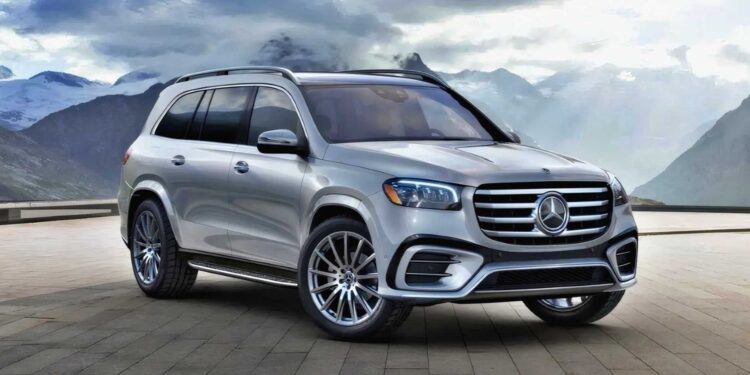
Eating Up Monotonous Miles
The power is not only plentiful but smooth. Under the domed and ridged hood lurks Mercedes’ familiar twin-turbocharged 4.0-liter V8. Here it spins up 510 horsepower and 538 pound-feet of torque, and that’s aided by a 48-volt mild hybrid system that can chip in 21 horsepower and 184 pound-feet of torque to get going
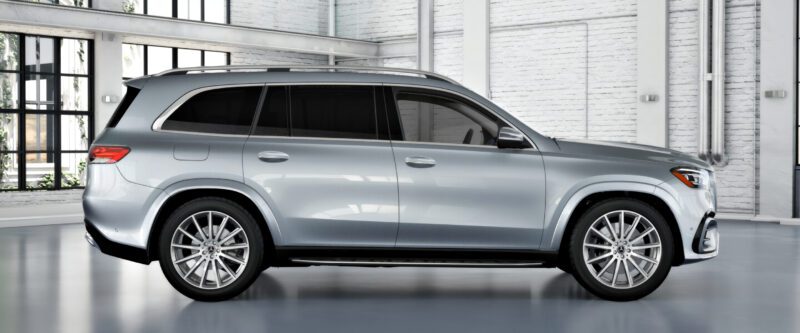
A real-time power meter showed that I used only about 30 horses and 150 pound-feet of torque for much of the highway portion of my road trip, but it was easy to tap into the thrust when those slow-moving semis finally got out of the way. The nine-speed automatic transmission kicks down quickly, and the V8 lets out a deep bellow as it motivates 5,875 pounds of German crossover SUV to quickly fill any gaps in traffic. Punch it from a stop, and the GLS 580 can accelerate from 0-60 mph in just 4.7 seconds, according to Mercedes.
Power flows to all four wheels via Mercedes’ 4Matic all-wheel-drive system. The combination of the strong V8, a sturdy transmission, and a robust unibody structure allows the GLS 580 to tow up to 7,716 pounds, which is plenty for a substantial boat or horse trailer.
The GLS also has a modicum of off-road capability thanks mostly to a standard air suspension that pushes the ground clearance up a couple of inches in Off-road mode, which will help it clear many obstacles on the trail. However, my tester’s 285/45R22 front and 325/40R22 rear Continental EcoContact6 Q MO tires are better for ride quality and highway quietness than off-road traction.
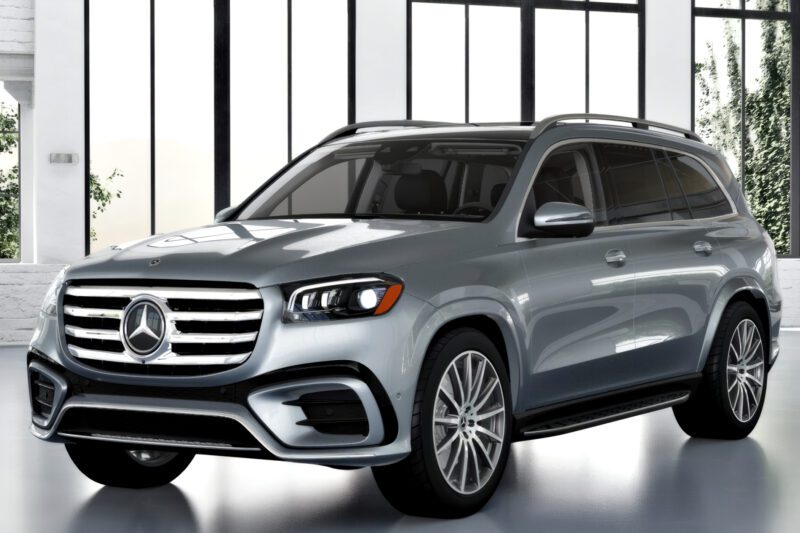
Mercedes also aids off-roading with an Off-road Cockpit screen that shows useful information such as individual wheel height, tire pressure and temperature, and steering angle. Forward and transparent hood views also let drivers see what’s just ahead of and even below the vehicle. The trade-off for the GLS 580’s size and power is fuel economy. It is EPA rated at 14 mpg city, 19 highway and 16 combined. I did slightly better than that, averaging 19.4 mpg over my 950-mile trip.
The powertrain was responsive enough for any situation in the Comfort drive mode, but the suspension needed to be firmed up. The GLS 580’s air springs and adaptive dampers team up to provide a smooth ride at all times, but the handling varies from slightly wobbly to controlled. With 7.9 inches of standard ground clearance, the GLS feels a bit top-heavy in Comfort, as road imperfections and driver inputs can cause some head toss for passengers. Wanting to be a better chauffeur for my passengers, I discovered that the Sport handling setting in the Individual drive mode reduced body lean and made the GLS feel more buttoned down.
Individual mode also lets drivers adjust the steering and stability control, though neither makes much difference and there is no reason to loosen the nannies to whip this nearly three-ton beast around corners. It leans too much in turns to be fun, but the GLS’s unibody structure makes it lighter, smoother, and better controlled than body-on-frame competitors like the Cadillac Escalade or Lincoln Navigator.
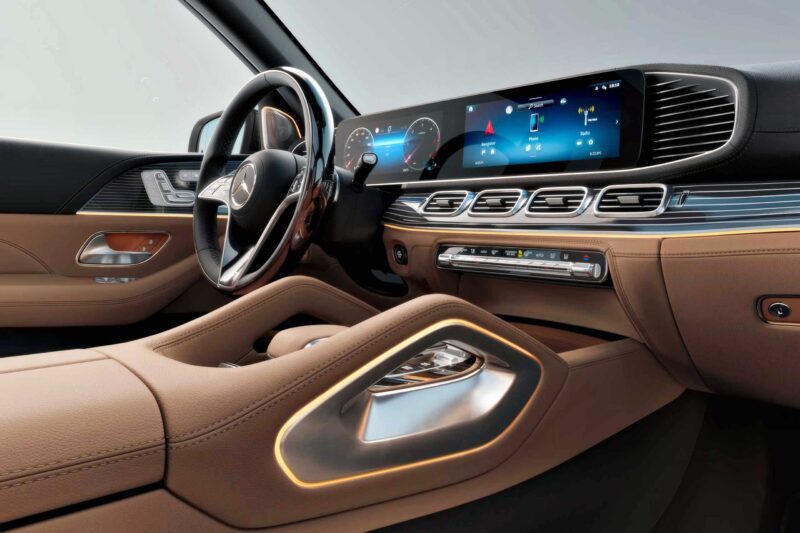
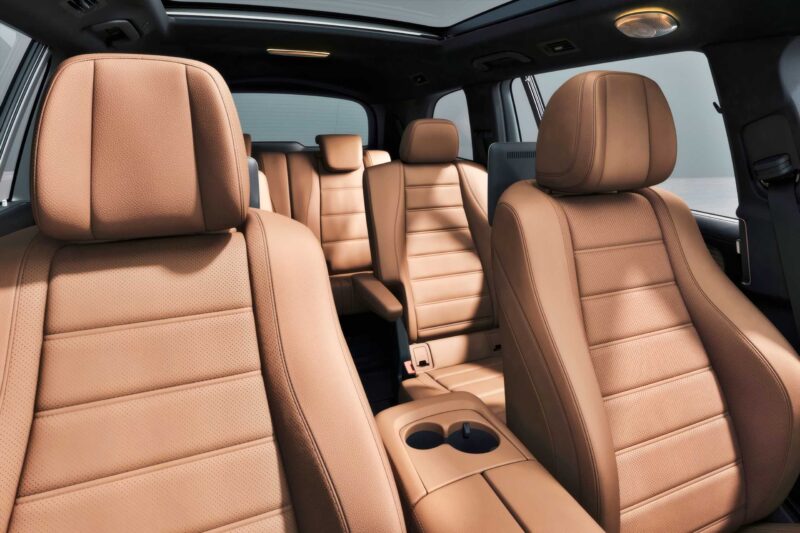
From the driver’s seat, the GLS 580 provides the comfort and technology for a great roadtripper. The multi-contour front seats are supportive and their standard head pillows add an extra bit of comfort. That’s only enhanced by the standard massaging seats. I loved both features, but, oddly, my best friend, going back to grade school, was bothered by both.
The 12.3-inch infotainment touchscreen runs some of the industry’s best software. I found it quick to react and easy to switch between satellite radio and Apple CarPlay. The screen can also be controlled via the steering wheel or a trackpad on the center console. That pad takes up valuable real estate that could better be used for storage. Mercedes also provides a 12.3-inch digital instrument cluster that can show a spate of useful information set within four different display themes.
My trip would have been more relaxing if the GLS 580 offered a hands-free driver-assist system along the lines of GM’s Super Cruise. The adaptive cruise control and lane keep assist in the GLS do maintain a lane, but they required me to keep my hands on the wheel. Mercedes does offer a Level 3 Drive Pilot system in the S-Class and EQS, but it only works in limited Western states.
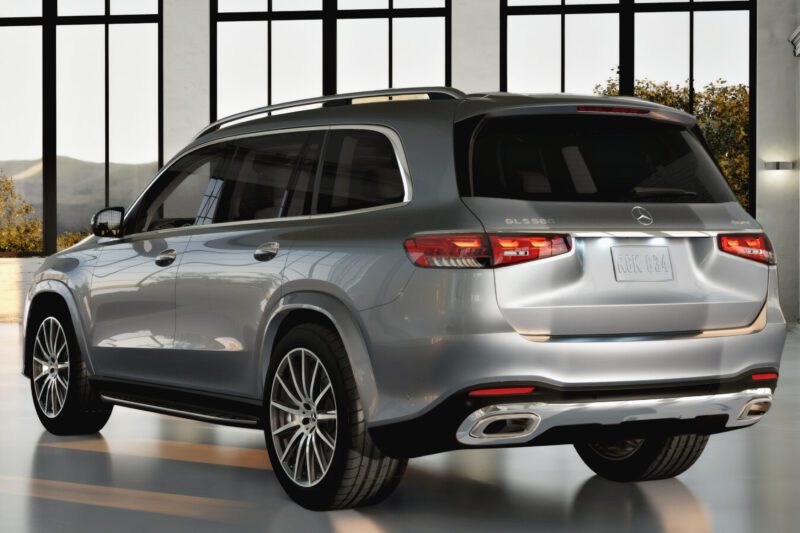
I drove with up to five passengers and the GLS accommodated them all well. The cargo hold had plenty of room for three gym bags and two coolers with the third row folded down (via power controls, of course). The GLS offers a modest 17.4 cubic feet of cargo space behind the third row, but that expands to a very useful 84.7 cubic feet with the second- and third-row seats folded flat.
Passenger space was also excellent. The second-row captain’s chairs provide bucket seat comfort and offer more than enough space for adults. The seats are also heated and passengers can control the two second-row climate zones via a small display screen with hard buttons.
The third row will also accommodate two adults and has its own climate zone. The bottom cushion sits high enough for good thigh support and headroom is sufficient for a six-footer. Legroom gets tight, however, if anyone in any row is tall.
My passengers had a few complaints. Most agreed that the running boards are tucked in too tightly to the body to be useful and they wished both second-row seats would tilt and slide forward to open a path to the third row. Instead, only the passenger side seat moves. There was also considerable boredom due to the monotonous landscape and the complaint about massaging seats and head pillows, but then again, there’s no accounting for taste!
2026 Aston Martin DBX S First Drive: The Best Super SUV Gets Even Better
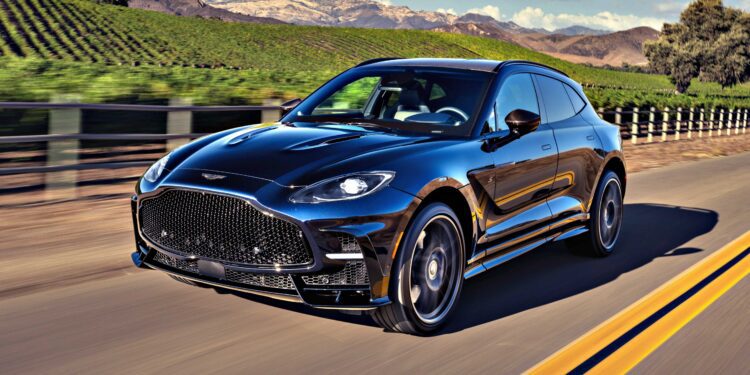
Model year 2026 marks the return of S variants to Aston Martin’s already stupendous model lineup. Performance enhancements, weight savings, and stylistic revisions will proliferate to the Vantage next, but for now, Aston hopes to bank first on the success of a new DBX SUV. A whole host of S revisions most notably bump output up to a total of 717 horsepower, versus 698 hp for the DBX 707, which critically vaults it back above the Ferrari Purosangue to reclaim the title of world’s most powerful non-electric and non-hybrid super SUV.
The increase comes thanks to a pair of upgraded turbochargers borrowed from the Valhalla hypercar – ironically a hybrid – with a 4-millimeter larger turbine housing. But as I learned on a drive program held through Santa Barbara, California, and the nearby mountains, the transformation from 707 to S means so much more than just boosting power by a few additional ponies. All the functional enhancements, though measured in marginal gains alone, simultaneously work together to somehow make my favorite super SUV even better.
Don’t take this the wrong way, but the difference between 698 and 717 horsepower at full throttle probably only matters while trying to pull off wheel-to-wheel passes on a racetrack. In the real world, on public roads, the experience of driving matters much more. And I can report with unequivocal confidence that the DBX now has the best steering of any modern Aston Martin. In engineering terms, the steering ratio tightens by just five percent, but not just via programming of the electric assist. Aston also revised the wheel hub mounting points where the tie rods connect, which results in a drastic improvement to feel and granularity.
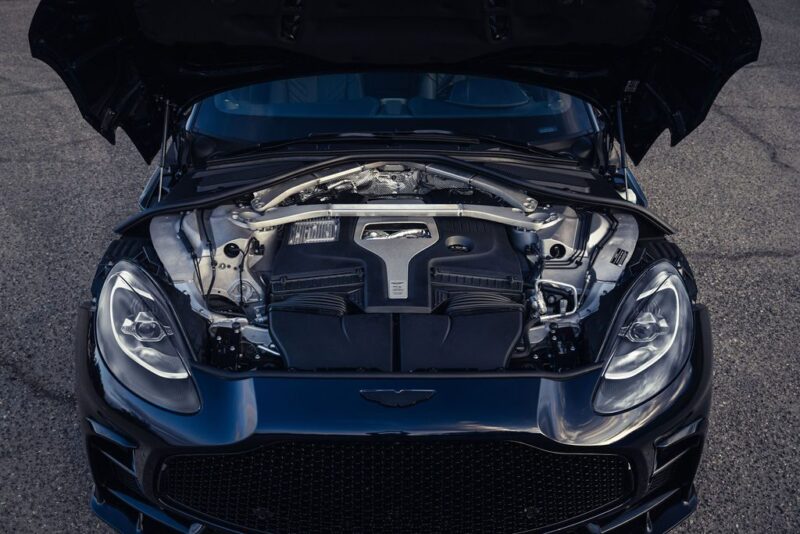
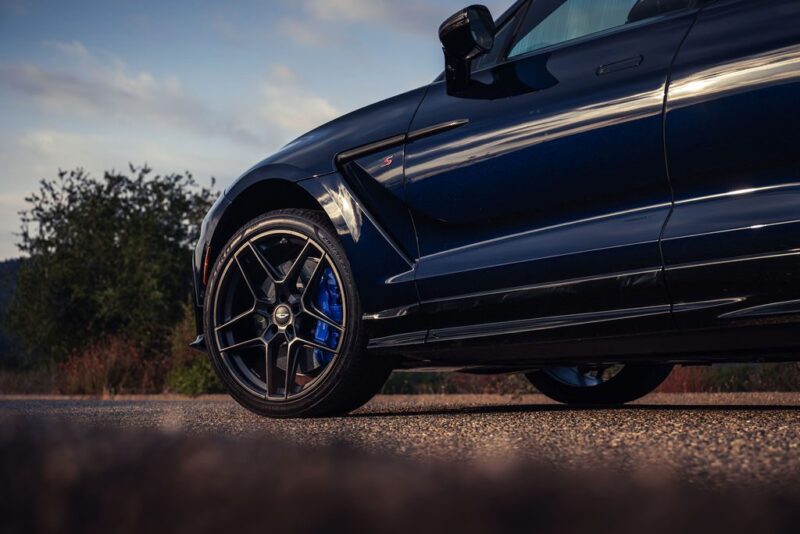
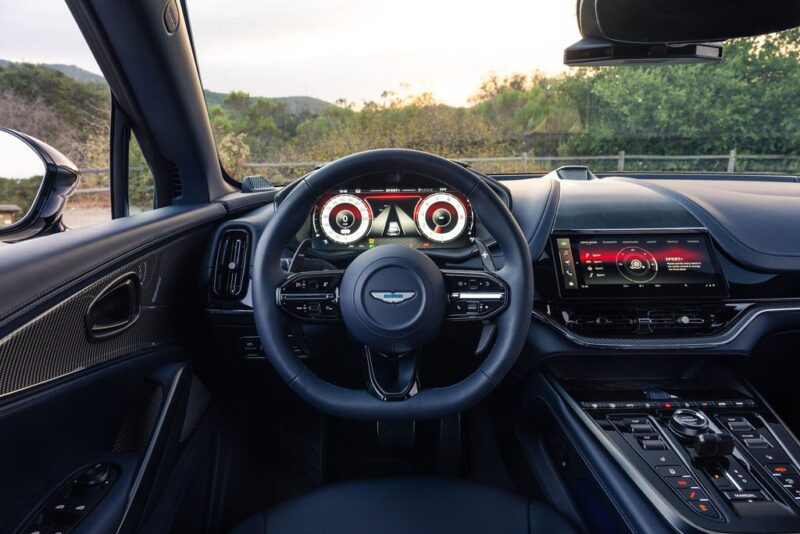
Where every other recent Aston I’ve driven straddles a fine line between lightweight precision and a sense of anaesthetized numbness, the DBX S absolutely nails communicativeness for regular driving, then unleashes a more expressive nature while pushing hard. Part of the improvement likely comes down to a set of optional magnesium wheels, which at 23 inches in diameter are the largest on the market. Consider these absolutely mandatory: Together, the mag wheels save a total of 42 pounds of unsprung mass, the most important place to shave poundage, which always helps to improve both overall performance and steering feedback.
Pair drastically lighter wheels with mild suspension tuning updates for the adaptive dampers and 48-volt active anti-roll system, and the DBX S takes an even bigger step forward than the DBX 707 did for the 2025 model year. Meanwhile, the clean and crisp interior design carries over, now with Apple CarPlay Ultra to enhance the user interface with familiar overlays on the gauge cluster as well as the center touchscreen. Over the course of a long drive, CarPlay Ultra worked well other than a few moments when the audio stopped playing – in the more rural parts of central California, I can’t say with confidence whether that was an Ultra, an iPhone, or a reception-related issue.
The S’s optional carbon-fiber roof also slots in as another highly recommended option, if only to replace sun glare from the standard panoramic glass roof. This saves another 40 pounds in a critical location for improving the DBX’s center of gravity, too, though from the inside, the leather headliner integrates slightly less neatly than expected.
Other design updates include a honeycomb front grille inspired by the DBS, which cuts another seven pounds, and more efficient front intakes that also add a more dramatic angularity to the nose. The side skirts and rear splitter appear slightly smoother from most angles, meantime, and the little ducktail at the rear comes with a jet-black paint job inspired by the V12 Vantage S. Lower down, new stacked exhaust tips further integrate into a more cohesive and aggressive rear end.
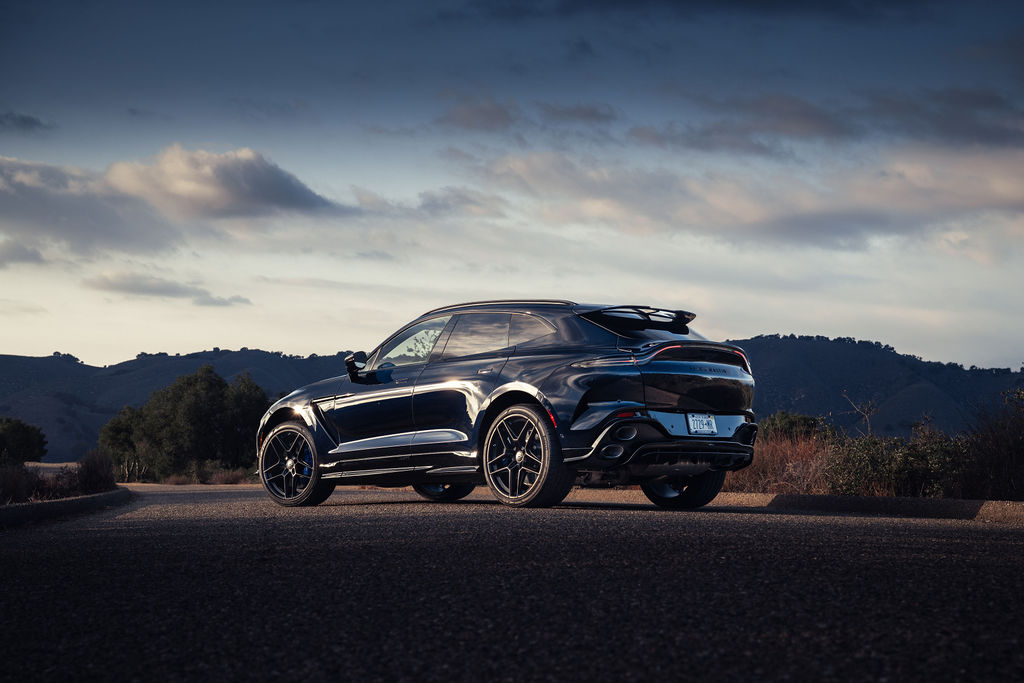
1 of 7

That exhaust also ramps up the engine soundtrack, as well. By tuning the 4.0-liter V8 so those larger turbos prioritize power output at the higher end of the rev range, with freer flowing exhaust, the DBX S now settles into a lumpy idle almost similar to an American muscle car. Thankfully, gasoline particulate filters mandated by government regulations in other regions will not ship to the USA, and a very mild exhaust note routed into the cabin increases the overall resonance. Aston hoped to avoid any faux noise but the DBX’s incredibly effective sound deadening, which creates a shockingly quiet ride while cruising, almost made the new exhaust sound like it was coming from a different car.
Rest assured, at full throat, the DBX S snarls to life and bellows along while delivering endless wellsprings of torque, leaping forward at tremendous pace even halfway into the throttle pedal’s travel. Full throttle requires full commitment (and a long road) as the unbelievable traction allows for downright brutal forward shove, which then transitions to high-speed stability with ease.
I struggle to imagine that I actually sensed the additional 19 horsepower, an increase of nearly three percent. And total possible weight savings of 104 pounds only comes to a decrease of just two percent. Regardless, the DBX S feels more exotic, more raring to rev, and happier at the higher end of the tachometer than the outgoing 707. And all the while, even when pushing moderately hard on public roads, the reduction in overall mass, the lightweight wheels, improved steering, and suspension tuning do coalesce into a significantly differentiable SUV than any prior DBX. One that’s undeniably more fun to drive, and without sacrificing any of the comfort or luxury factor, either.
Surprisingly, Aston opted against transferring over the adjustable traction control settings available on the Vantage and Vanquish. I thought maybe the S package might have been a good time to introduce this, plus a rear-wheel-drive drift mode to take advantage of the electronic center differential’s ability to send 100% of power to the rear tires. But apparently, all-wheel-drive traction in a large SUV – even a significantly lightweighted one – simply makes this an exercise in futility.
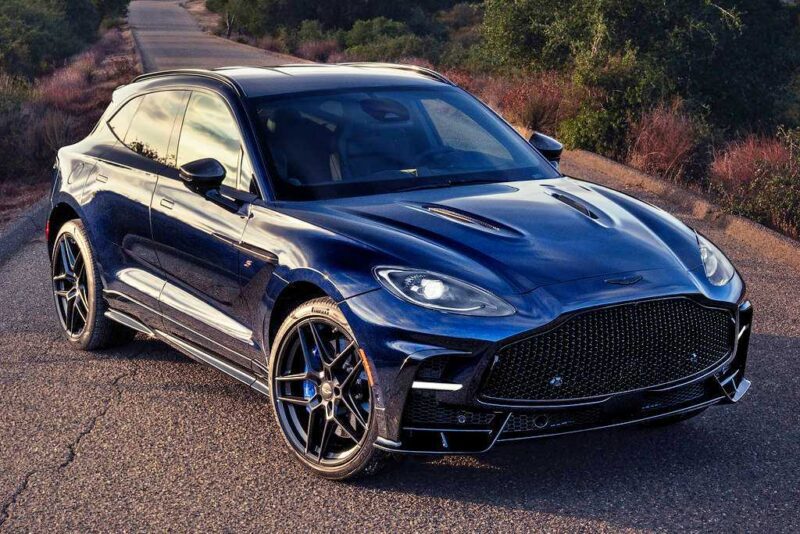
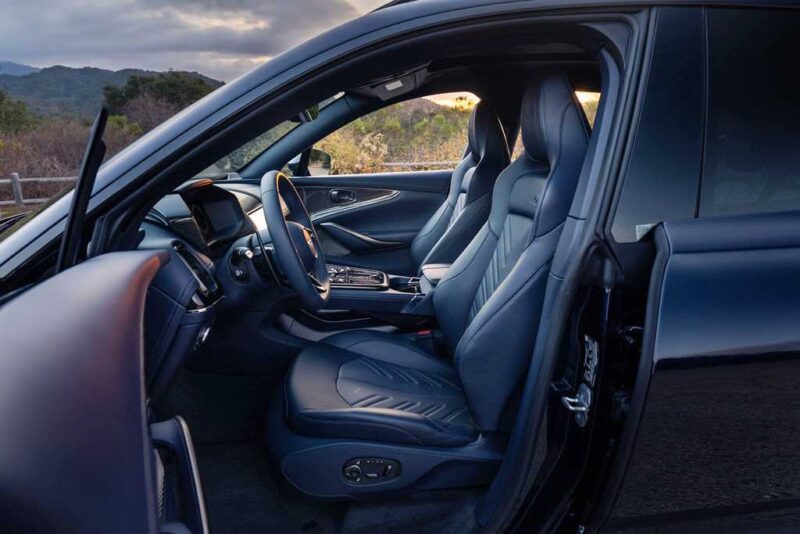
Telling an S apart from the DBX 707 requires eagle eyes for any SUVs that lack the optional pinstripe livery. On the interior, though, a new quilting pattern for the seat upholstery (of course, still ventilated and massaging) stands out as a readily apparent change. But tacking on options adds up quickly: those magnesium wheels cost $22,300 while the carbon pack contributed $11,200 to my test car’s $350,500 MSRP. That’s a serious step up from the starting price of $270,500 and yet the DBX S still stands out as quite competitive against the rest of the super SUV segment.
A Lamborghini Urus SE, for example, starts at $262,630 with options that tend to compound even quicker, plus the power gains come at the expense of a hybrid system – for better and for worse. Ferrari’s “not-an-SUV” Purosangue that the DBX S needed to beat in power terms also sits at a much higher rung up the ladder, with a starting price of $428,686 (and I’ve never seen one that cost under half a million).
Every detail, the overall performance gains, the pricing, and the timing all fit into Aston’s plans to move more DBX units. The S arrives on a perfect schedule for anyone coming out of a three-year 707 lease, as will the Vantage S scheduled next in the planned release timeline. Expect more announcements about other potential S variants soon, as the new strategy under Lawrence Stroll and freshly appointed CEO Adrian Hallmark continues to develop. For now, the DBX arrived first to the S party, and if similarly significant updates proliferate across every model in the Aston portfolio, this plan portends very good things for the entire model range in the not-too-distant future.
View All Aston Martin DBXs For Sale
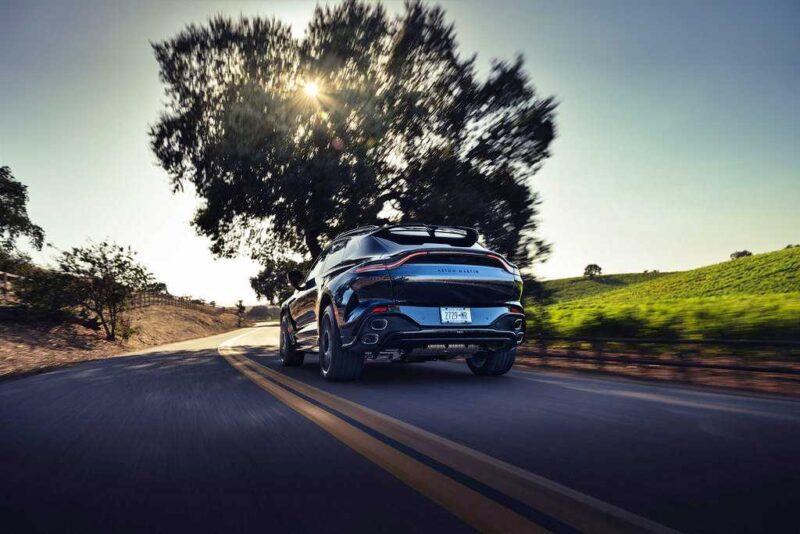
Images: Aston Martin
Tags: Featured



